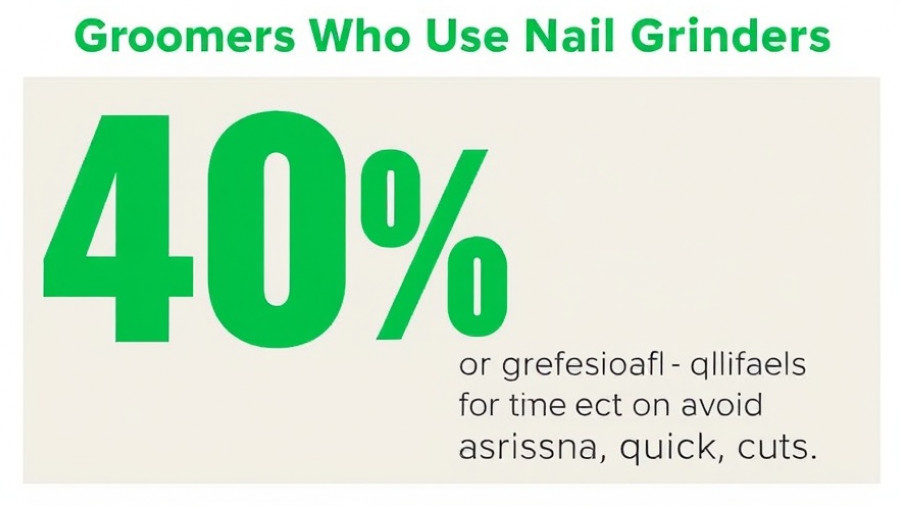
Creating Harmony: How to Prepare Dogs for New Babies Safely
The addition of a newborn to your family can be a thrilling yet nerve-wracking transition, especially if a beloved dog is already part of the household. While many new parents worry about their baby's safety around pets, there are sensible strategies to ensure everyone thrives together. Engaging early preparation, gradual introductions, and consistent routines creates an environment conducive to happy coexistence.
Why Prepare Your Dog for a New Baby?
Much like humans, dogs can feel overwhelmed by significant changes in their environment. The sound of a crying infant, new smells, and altered household routines can cause stress in your canine companion. By taking progressive steps, you can help your dog adjust to the baby, thereby reducing their anxiety and creating a safe atmosphere for both child and pet.
Start Early: Lay the Groundwork
Initiating preparations up to four months before your baby's arrival is ideal. This proactive timeframe allows your dog to learn proper behaviors and internalize new routines. Focus on establishing basic commands—such as "sit," "stay," and "down"—as these will serve critical functions during interactions with your newborn.
Introduce baby-related sounds by playing recordings of crying, cooing, and other infant noises at low volumes, gradually increasing the intensity. This way, your dog can positively associate these sounds with treats and praises instead of stress.
Establish New Boundaries
Before the baby comes home, designate specific areas in your home as off-limits to your dog. Create baby-free zones, especially in the nursery, where baby gates can provide visual barriers. This physical separation helps mitigate stress as dogs adjust to new family dynamics. Also, providing a retreat space for your dog can ensure they have a safe haven when feeling overwhelmed.
Creating Positive First Impressions
The initial introduction between your dog and newborn should be managed with care. Keeping the dog on a leash and maintaining a safe distance (around three feet) during this first meeting can help ensure safety. Reward your dog generously with treats to cultivate positive associations during this crucial moment.
Monitor Canine Body Language
Understanding canine body language is essential when introducing a dog and a new baby. Look for signs of anxiety, such as stiff postures or panting. These behaviors signal your dog’s discomfort and indicate when it is time to retreat. Creating a calm environment reduces risks associated with jealousy, anxiety, or stress-driven behaviors.
Develop Structured Interactions
Once the initial introductions are made, it’s wise to schedule short, supervised interactions periodically. Allowing your dog to observe and slowly acclimate to the new family member helps establish confidence and fosters a welcoming relationship over time. Praise them for calm behaviors, and avoid forcing interactions that could escalate stress levels.
Practical Tips for a Smooth Transition
- Daily Routines: Implementing a consistent schedule for both your dog and the baby can ease the transition process for everyone. Try to synchronize feeding, walks, and playtime into your daily routine.
- Practice Makes Perfect: Use a realistic crying doll to rehearse responding to a baby's needs in front of your dog. This practice will help your dog adjust to the sound before your baby arrives.
- Use Calming Techniques: Consider calming scents or soft music to help manage your dog’s anxiety during baby-care activities like feeding or diaper changes.
Seek Professional Help if Needed
If signs of anxiety or aggression become evident, enlisting a certified dog trainer or a veterinarian behaviorist can provide specialized solutions tailored to your dog's needs. Professional guidance can help address individual issues and ease the transition for your four-legged family member.
Final Thoughts: A Growing Family in Harmony
Preparing your dog for a new baby isn't just about keeping the child safe; it’s also about helping your dog feel secure amidst life’s changes. The journey may pose challenges, but with thoughtful planning and patience, your family can become the harmonious unit you desire. Remember, both your baby and dog can learn to coexist lovingly, enriched by the love and care you provide.
 Add Row
Add Row  Add
Add 




Write A Comment